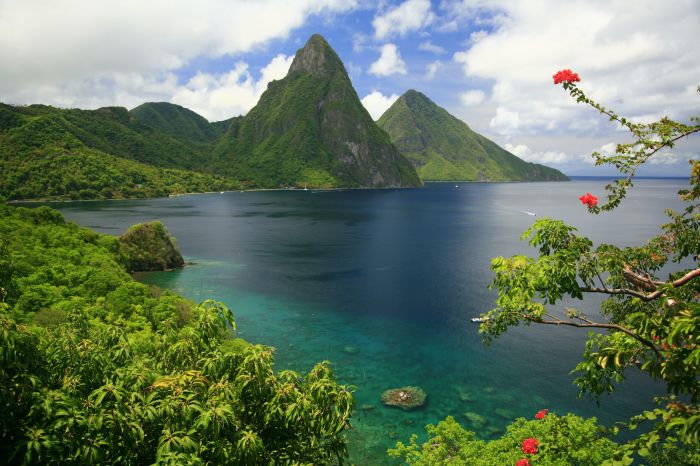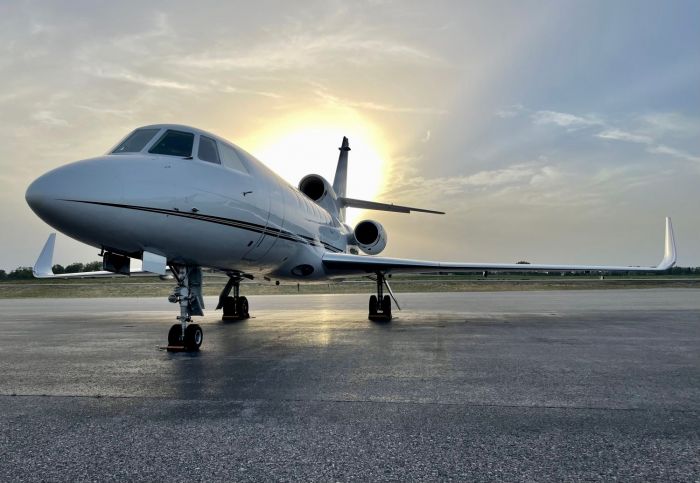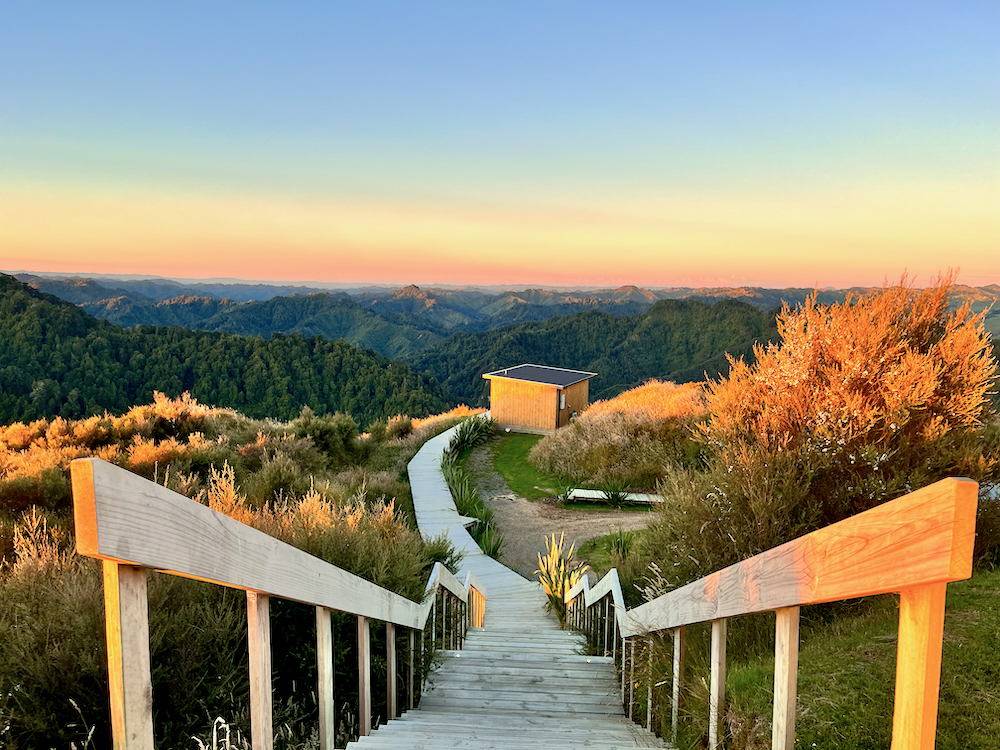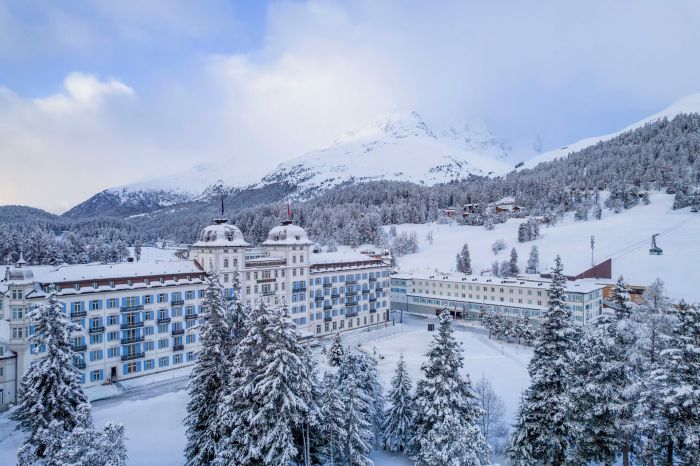
Photo Credit: Stefanie Payne & Jonathan Irish
"This donkey is very slow." Cheney shook his head looking down, whipping stagnant air into his face with a fan made of tan-colored bamboo. "The donkey isn’t the only thing that’s slow today," I muttered under my breath.
 Cheney was our guide from Great Wall Adventures, hired to lead us to an isolated section — he didn’t share our sense of urgency. For him, the most famous wall on earth was a place he liked to hike on the weekends...for me it was task number five on my life’s must-see/do list.
Cheney was our guide from Great Wall Adventures, hired to lead us to an isolated section — he didn’t share our sense of urgency. For him, the most famous wall on earth was a place he liked to hike on the weekends...for me it was task number five on my life’s must-see/do list.
My traveling companion and I had spent the first few days of our Vacation in China, Sightseeing in Beijing, Tours of The Great Wall of China trip to China in Beijing, wandering the streets to find an occasional Starbucks, remnants of the 2008 summer Olympics, and tourists wearing t-shirts emblazoned with "I Climbed the Great Wall," across crisp cotton fabric. I was just as surprised to find that very few in Beijing spoke English as I was to find that you don’t
have to search hard for authenticity in China’s overly-populated capital city.
Checked boxes next to Chinese characters on small note cards guided our taxi drivers to popular locations, secret glances into shadowed doorways lining passageways of old hutongs transported us immediately to old Peking. But still we were touring, forming a line with millions of others, waiting for our turn to see Beijing.
Ready to negate our turn as "tourists" and to let our "traveling" experience take flight, we prepared for our Great Wall Adventure to begin. After all, if thousands of Chinese countrymen could lay thousands of miles of weighty stones without the use of modern tools and adequate water supply, the least I could do is take a modern pilgrimage to lesser seen areas of the Wall to admire their extraordinary work. Cheney picked us up in the lobby of the hotel at 9:00 a.m. With a quick introduction, we exchanged a fist of Yuan (Chinese currency) and hopped into the back of the black Audi with tinted windows and a driver named "Cheech" who would take us out of the city on our privatized adventure.
No more than twenty minutes later, the four of us were plaiting our way through desolate Monday mountain roads, the peaks curving like a slithering cobra being coaxed from a woven basket by a snake charmer.
 Cheech always seemed to drive in the wrong gear — always one gear high. With every twist, we leaned in unison to the opposite direction of gravity, hoping to keep the weight of the car equally distributed on the aging pavement next to unguarded cliffs.
Cheech always seemed to drive in the wrong gear — always one gear high. With every twist, we leaned in unison to the opposite direction of gravity, hoping to keep the weight of the car equally distributed on the aging pavement next to unguarded cliffs.
Trees lined the hillside — the hillside, lush and dusted with mist created by intense summer heat. The air violently pummeled the wavering window, whipping my long hair into my eyes and face. I didn’t care — I was going to the Great Wall of China, and I was going to sleep there.
As a history enthusiast and a devout sentimentalist, trekking the stone structure privately was a long-time dream. I couldn’t fathom riding a gondola to the top just to be ushered in succession with thousands of other tourists...the dream did not include little Sally from New Hampshire kicking century-old pebbles into my feet as I stepped over garbage that littered famous tourist destinations in and around Beijing. I wanted a clandestine meeting.
Parked outside a house among miles of corn stalks, the Wall eavesdropped from the east as we discussed our plan. We strapped gear to the mount of a "very slow" donkey and walked to the trailhead where an entry sign stood: "This portion of the Great Wall is not open to the public." I felt my exhilaration dilate. We stared up the forbidden mountain for a moment and began our climb.
 It was the beginning of August and really, very hot — almost 100 degrees during the daytime with humidity so stifling that you feel sick to your stomach hot. Although avid hikers at home, our trek earlier that afternoon up the steep rise of the Huanghuacheng section left us weak. I was sweating like a suckling pig, trying my best not to finish the hike on hands and knees.
It was the beginning of August and really, very hot — almost 100 degrees during the daytime with humidity so stifling that you feel sick to your stomach hot. Although avid hikers at home, our trek earlier that afternoon up the steep rise of the Huanghuacheng section left us weak. I was sweating like a suckling pig, trying my best not to finish the hike on hands and knees.
This feeling is not written about in the guidebooks. But with our batteries recharged from a late lunch of dumplings and relief from cooler night air, we were filled with just enough energy to climb again. This time, up the stacked stone of the Jiankou section, built during the Ming Dynasty (1368-1644). Jiankou translates as "Arrow Nock," referencing the unique shape of the collapsed ridges. Sprinting the last 100 feet we jumped onto the wall laughing, and snapped as many photos as possible before the glorious structure swallowed up the rest of the daylight.
We set up our tents and met at the square roofless structure that once served as fort for night-watchers guarding China from Mongolian nomads in the north. Our perch overlooked what felt to be all of Northern China — it separated us from a substantial drop before and behind us. Carefully, I fingered marinated tofu out of a vacuum packed bag and sipped Chinese rice wine (effervescent and much sourer than elegant Japanese Sake). Cheney told us about previous groups he had led to this destination, "You two are the most fun" he said. I suspected he had uttered those words many times before, but I appreciated his salesmanship.
 The moon fell to the horizon with a golden shield enfolding it as we talked until the wear of the day had completely exhausted us. There would be no sound sleep this night — just a fall into and out of dreams with guest stars from centuries past and rocks denting our backs through the tent floor until we met sunrise with bees swirling around our tents. One more round of photographs and it was time to dismantle our gear and head down the mountain for breakfast.
The moon fell to the horizon with a golden shield enfolding it as we talked until the wear of the day had completely exhausted us. There would be no sound sleep this night — just a fall into and out of dreams with guest stars from centuries past and rocks denting our backs through the tent floor until we met sunrise with bees swirling around our tents. One more round of photographs and it was time to dismantle our gear and head down the mountain for breakfast.
Our descent reminded me of high-school camping trips — stay up late, camp out beside a fire, and head out to feed our hunger while talking about the previous night over a meal. But instead of eating eggs and sipping watered-down coffee with hometown friends, four new friends enjoyed oily chowmein noodles and Coca-Cola made with real sugar sitting next to a trickling fountain made of rock and bamboo.
We were tired and filthy — it was total bliss. After all, we weren’t after a good night sleep or omelets, fine Daiginjo Sake or even an award-winning photo. We craved a great adventure and easily found one. The next day in the hotel lobby awaiting our airport taxi, a family in matching black and white "I Climbed the Great Wall" T-shirts entered, filled with contagious enthusiasm. "That was awesome!" the father told the hotel manager. Awesome.














